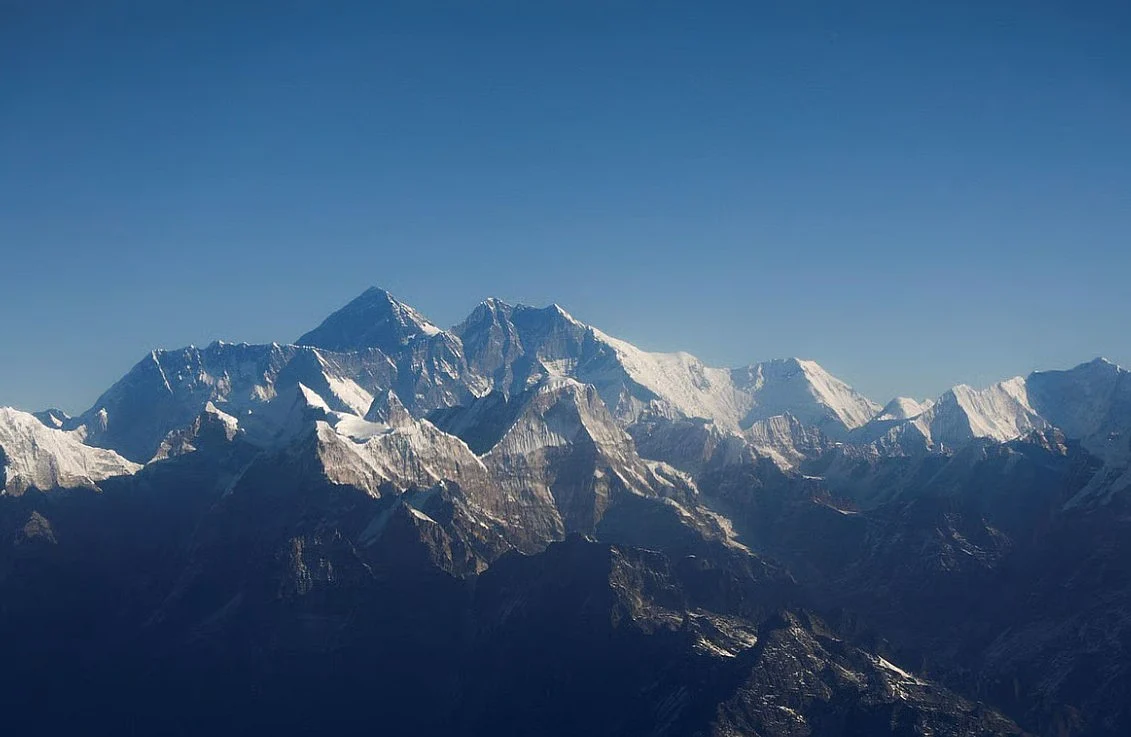No More Solo Trips On Mount Everest: Nepal Bans Lone Hikes On Peaks Over 8000M
Nepal's new regulation to end solo expeditions and hikes on all mountains with an altitude of more than eight thousand metres has formally come into effect from September 1.
This comes under the Sixth Amendment of the mountaineering regulation released on February 3 in the Nepal Gazette, the government's official publication.
Recommended For You"When climbing a mountain peak with an altitude of more than eight thousand metres, every two members of the mountaineering team must be accompanied by at least one altitude worker or mountain guide, and when climbing other mountains, the mountaineering team must take at least one mountain guide with them," the recently introduced provision states.
Stay up to date with the latest news. Follow KT on WhatsApp Channels.
This new provision is now applicable to all mountains above 8,000 meters, including the highest peak, Mount Everest.
With new regulations in effect, the era of solo climbing on the peaks has formally ended, as the government has determined that no one, regardless of their experience, should go solo to the mountain. This will now also apply to alpine-style or expedition-style climbers.
The recently adopted changes have also formally publicised the hike in royalty fee for foreign climbers attempting to summit Mount Everest from the standard south route in spring to $15,000 per person.
The spring season expedition, which sees a high influx of climbers in the Himalayan Nation from March to May, used to be $11,000. The new regulation has also increased the climbing royalty for the autumn season, which runs from September to November, to $7,500 from the existing $5,500.
Similarly, the Winter expedition, which runs from December to February and the monsoon, which runs from June to August, have also been revised to $3,750 from $2,750.
The updated provision has also incorporated the revised fees for the other 8000ers. The royalty of the spring expedition has increased nearly twofold from $1800 to $3000.
The autumn fee now stands at $1,500, up from the existing $900, while the winter and monsoon expeditions have also become more expensive, having been revised from $450 to $750.
For Nepali climbers, the royalty for the usual route in the spring season has doubled from 75,000 Nepalese rupees to 150,000 Nepalese rupees. In 2015, Nepal revised the royalty fee by switching from a group-based system to a uniform fee of $11,000 per climber for the spring season via the normal route.
Under the new regulation, family members of climbers, guides, and high-altitude base camp workers are also banned from the base camp; however, some exceptions apply in case of prior approval from the tourism department.
In addition, the new regulatory measures have also assigned the high-altitude guides to "self-declare" their clients' successful summit of the peak. To prove the successful summit, the expedition organisers and liaison officers have been mandated to submit original photos showing the climber's face clearly.
To establish the authenticity of the successful summit, the photo must feature mountain ranges in the background, which is the new eligibility criterion for receiving an Everest Climb certificate.
Apart from the climbers, the revised regulatory provision has increased the daily allowance for liaison officers, the daily wages of high-altitude guides, and the wages of base camp workers paid by climbers.
In an attempt to curb pollution in high mountains, climbers from this year's spring must bring their waste, including human waste, back to base camp for proper disposal. Climbers are required to carry biodegradable bags for waste collection in the upper reaches.
Nearly 8,900 people have summited the world's highest peak from Nepal's side since 1953.

Legal Disclaimer:
MENAFN provides the
information “as is” without warranty of any kind. We do not accept
any responsibility or liability for the accuracy, content, images,
videos, licenses, completeness, legality, or reliability of the information
contained in this article. If you have any complaints or copyright
issues related to this article, kindly contact the provider above.
Most popular stories
Market Research

- Tradesta Becomes The First Perpetuals Exchange To Launch Equities On Avalanche
- Utila Triples Valuation In Six Months As Stablecoin Infrastructure Demand Triggers $22M Extension Round
- Blueberry Launches A Bold New Brand Platform
- Cregis Releases 2025 Cryptocurrency Wallet Analysis
- Barunson, Studio Behind Parasite, To Launch Nplug IP Remixing Platform On Story And Bring Flagship IP Onchain
- Falcon Finance Announced $FF And Community Sale On Buidlpad





















Comments
No comment